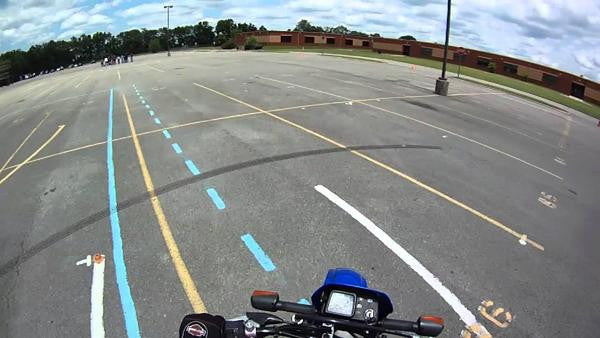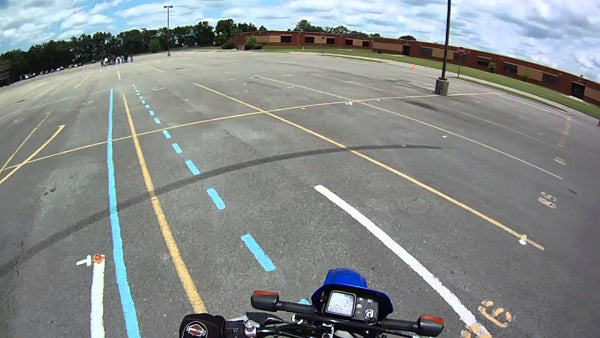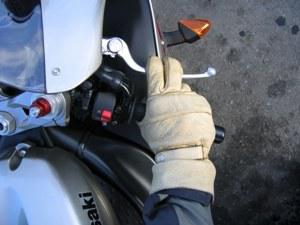news
HNP’s Top Emergency Braking Tips


Advanced riding courses and riding license training can span several years, and about 50% of the content there is about safe and effective braking strategies and techniques. The attempt of this blog is just touch on the tip of all braking icebergs so that the reader is empowered on where to focus their learning efforts.
Bike Braking Basics
Well, first things first. So here goes the basics:
Braking techniques on a bike are dependent on the bike’s geometry. e.g. Sports bikes have the front wheel almost the handlebar as opposed to cruisers, hence braking techniques differs too.
About 60-70% of stopping power on a motorcycle is provided by the front brakes. proper usage of front brakes is critical in all effective braking strategies.
Road accident statistics in USA show that in emergency braking situations, about 1/3 of riders do not apply any brakes at all!
If you were a guitarist and you started practicing your guitar chops only in front of an audience on stage, you would likely end up collecting a lot of brickbats. If you only apply emergency brakes when a truck is about to crush you under its wheels, the situation can be a lot more lethal. Hence the importance of allocating time and effort to practice braking techniques when you are not on public roads.
Correct Way to Apply Brakes
Again, this one is a topic taught and practiced over several months at least but the gist of it is:
- Wear proper motorcycle riding gloves and boots
- Squeeze the brake lever in varying forces rather than clutching it in one shot
- Use 4 stage progressive braking technique to apply brakes, even if a tyre skids, it will be easier to control the skid this way
- Always start with a gentle tap on the rear brakes – this will make the bike’s front dip a bit, depending on front suspension. This action also prepares the bike for front brakes to be applied effectively. Lastly, the tap will also result a quick flash of rear brake light, alerting traffic behind you.
- In case of cruisers, you will need to keep applying the rear brake in order for effective braking as the bike’s front is unlikely to dip and the rear unlikely to lift as much as in a sports bike.
- In a sports or UJM bike, after initial tap on rear brake, focus your energies on applying the front brake progressively. This is a bit of a controversial topic with MSF (Motorcycle Safety Foundation, USA) advice being focus on both brakes. But in emergencies, in our opinion, this can cost you a precious few seconds. Moreover, the front brakes provide bulk of the stopping power. The more you brake hard, the more will the rear wheel lift up, resulting in rear wheel lock and skid.

Pro-active Riding Skills
Proactive riding skills can be a great help in an emergency situation.
- Keep a check on the terrain, inclement weather and ambient light conditions and adjust speed accordingly
- Try to develop a habit of looking at least five cars ahead on an expressway and learn to anticipate behavior of different road user profiles – motorists, bus & trolley drivers, scooter or moped riders etc.
- Test your bikes critical parts such as tyres, brake pads, suspension condition and be fully aware of their current performance envelopes.
Other factors to consider for effective emergency braking
- Tyre Condition
- Surface Debris & Slippery Surfaces
- Brake Pads & Disc condition
- Front Suspension
So that's it, a short summary of top issues around emergency braking. Remember that motorcycle riding is a skill that can only be learnt and there is no such person as a ‘born biker’. You will need to put in time and effort to practice this one very critical, life saving skill so do give it your best shot. Safe riding and ATGATT!

